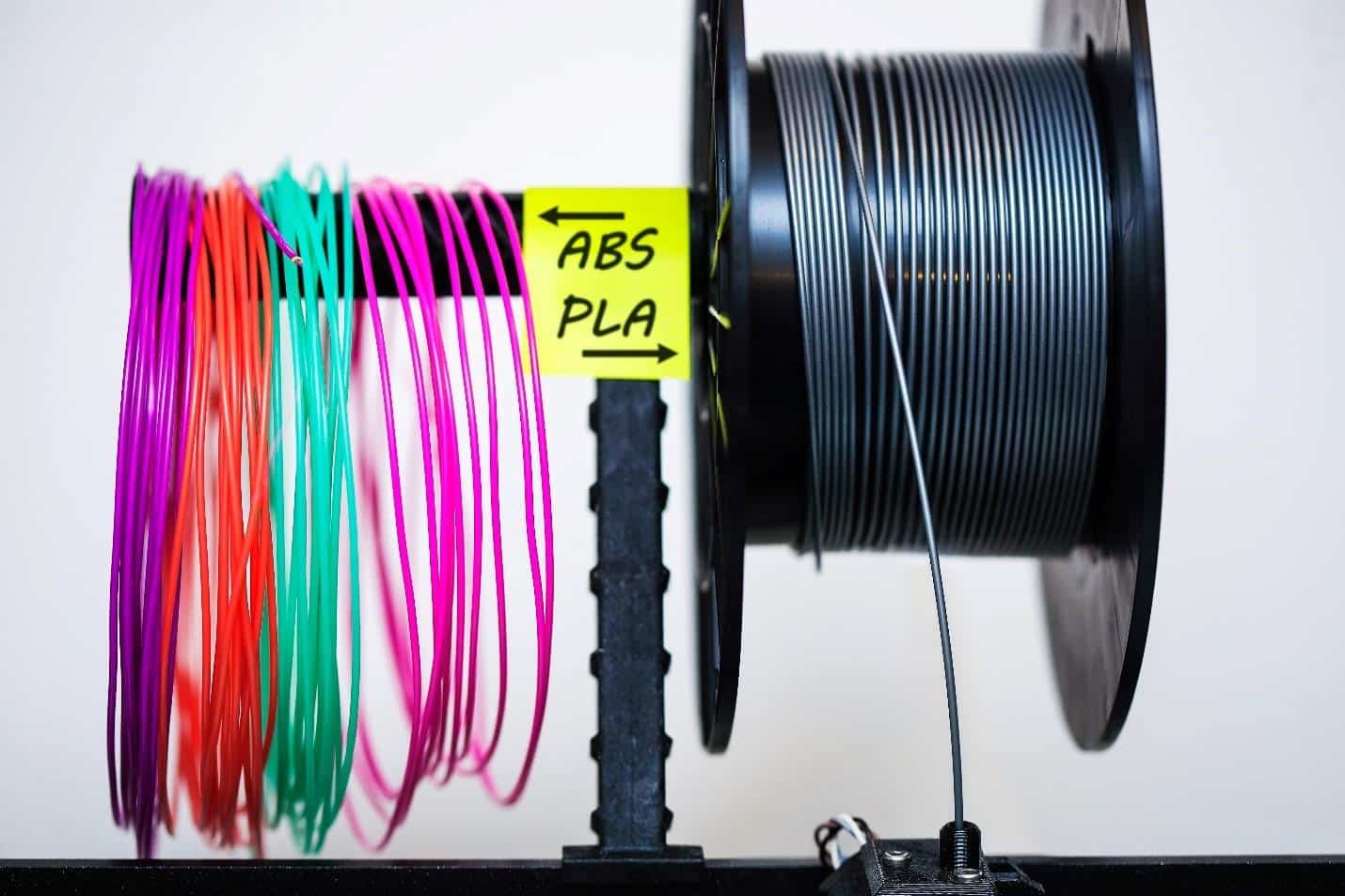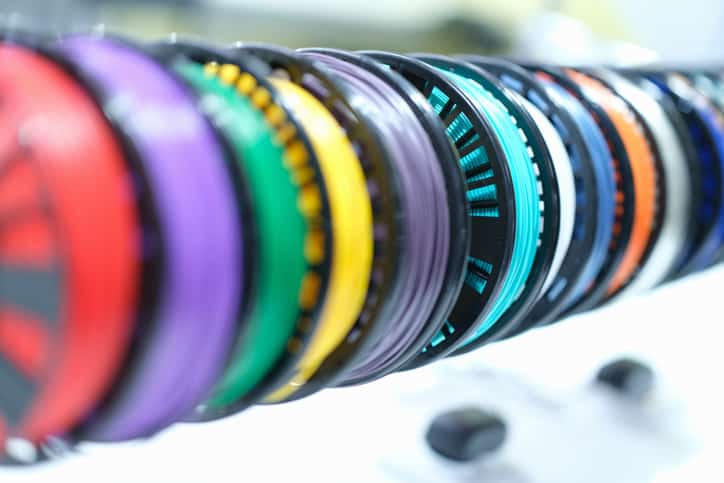What are the Most Common Materials Used for 3D Printing?
There are many different types of 3D printing materials, and some are more common than others. Find out everything you need to know about the most common 3D printing materials here!
Introduction to the Most Common Materials Used for 3D Printing?
As a form of additive manufacturing, 3D printing is a highly versatile process that gives engineer and product designers a high degree of control over the texture, features, and strength of their products. Moreover, these benefits from 3D printing can be realized much faster and in far fewer steps than many traditional manufacturing methods.
When considering the advantages of 3D printing and its amazing versatility, the question is often raised as to what kinds of materials underly these additive processes. The truth is there are many different types of 3D printing materials, and each has different strengths and weaknesses. In addition to the functional aspects of different 3D printing materials, cost is also a very important factor for many product engineers. In this article we take a closer look at some of the most common 3D printing materials including their different properties, cost considerations, and applications.

What are the Most Common Materials Used for 3D Printing?
Of all the different materials being utilized for 3D printing, plastic is the most common. Plastic is quite versatile—being used for everything from 3D printed household fixtures to toys. Plastic 3D printing material comes in multiple different colors and can also be transparent. Plastic 3D printing filaments are usually sold in spools with either a glossy or matte texture.
Plastic is a desirable 3D printing material because of its many beneficial properties including flexibility, firmness, smoothness, and a variety of color options. Moreover, plastic material for 3D printing is cost-effective compared to other materials. The most common 3D printing method that uses plastic material is fused deposition modeling (FDM). In FDM 3D printing, thermoplastic filaments are melted and shaped one layer at a time. The most common types of plastic used in FDM 3D printing are:
- Polylactic Acid—commonly called PLA—is an environmentally friendly plastic often sourced from corn starch or sugar cane, which makes it biodegradable. PLA comes in both hard and soft forms and their prevalence in 3D printing continues to grow. As the name implies, hard PLA is stronger than soft PLA, which makes it a more versatile plastic for a wide variety of applications.
- Acrylonitrile Butadiene Styrene—commonly called ABS—is notable for its strength and affordability. ABS filaments are firm, but also surprisingly flexible. Additionally, this plastic comes in a variety of colors, which makes it great for applications such as toys. Moreover, ABS is becoming desirable for crafts such as jewelry and home décor.

Other Common Materials Used for 3D Printing
Metal
The next-most-popular material for 3D printing after plastic is metal. Using a process called direct metal laser sintering (DMLS), metal material is 3D printed for a variety of applications such as aerospace parts where there is a growing need for a fast manufacturing process, light weighting, and overall simplification of the production process. Moreover, DMLS 3D printing with metal is also growing in popularity with jewelry applications because the products can be made much faster and in larger volumes, without the tedious manual labor of performing intricate detail work.
Using metal in 3D printing allows for stronger parts for a wide variety of applications and different types of metal including:
- Stainless Steel: Used for many applications including cookware, utensils, and other corrosion-resistant household items.
- Aluminum: Great for thin metal parts.
- Titanium: Ideal for parts needing higher strength.
- Bronze: Used for aesthetically pleasing décor and fixtures.
- Gold: Used for jewelry such as earrings, rings, bracelets, and necklaces.
During DMLS 3D printing, metal powder is heated so that it hardens. In this way, casting is not necessary and, instead, the metal dust is shaped in the printer into a formed part. After printing, DMLS parts can be electro-polished to improve the surface finish.
Graphene
One of the 3D printing materials that is becoming more and more common is graphene. Graphene is well-liked because of its conductivity, flexibility, and strength. As a result, this 3D printing material is a great solution for electronic device parts that need to be flexible such as touchscreens. Additionally, graphene is being used for construction materials and solar panels. Moreover, graphene is lightweight without compromising its strength and versatility, which makes it applicable in a wide range of industries.
Composite Materials
Additional common materials for 3D printing include composite materials. Composite 3D printing materials come in various forms including filaments and powders. These materials are desirable for their high degrees of strength and stability, as well as their optimal strength-to-weight ratios. Composite fibers are very lightweight, which means they can bring great strength to a part without adding to its mass. Engineering-grade composite 3D printing materials are also used as substitutes for metal materials.
Common base materials used in composites include PLA and ABS, which are both quite cost-effective. On the other end of the cost spectrum, high-performance polymers such as PEEK are used as base material for composites. When it comes to selective laser sintering (SLS) 3D printing, nylon is the base material used for composite powders.
When it comes to reinforcement material added to composites, carbon fibers are most commonly used because of their superior strength. Carbon fiber is a type of composite material utilized in 3D printing as an outer coating over plastic materials. These outer coatings of carbon fiber make the plastic stronger. This powerful combination of materials is leveraged as a more convenient alternative to metal parts, which results in shorter lead times. Besides carbon fibers, other reinforcing materials can include graphene, fiberglass, and Kevlar.
Get multiple quotes for your parts in seconds